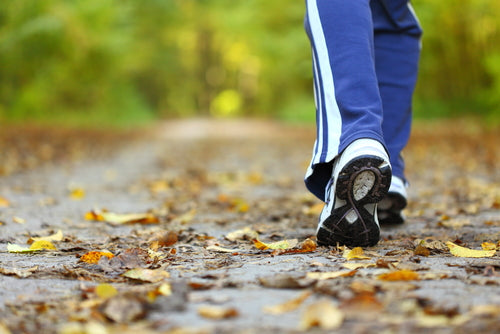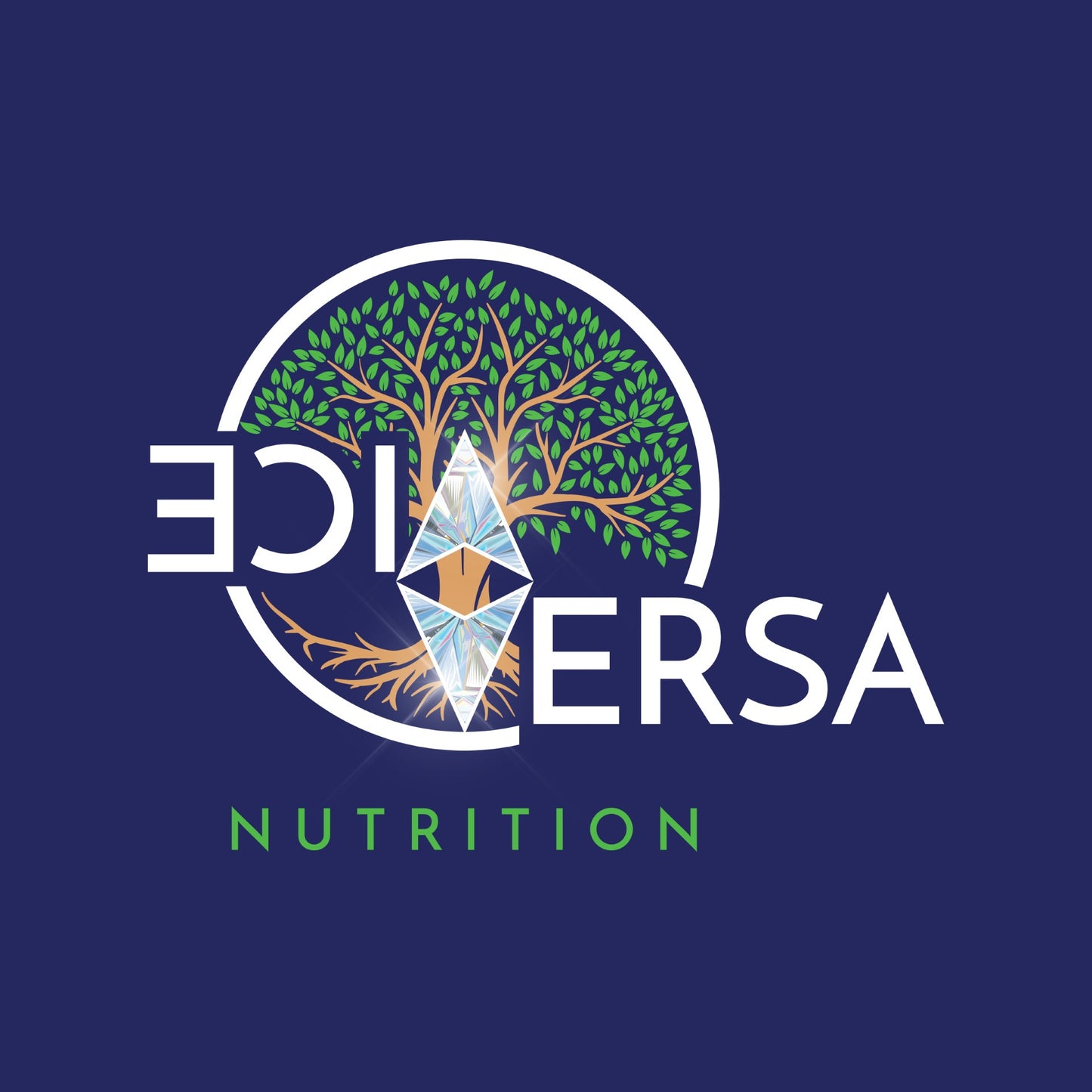
Welcome back to part 2. In part one we outlined the importance of exercise using 4 basic activities that can be included into our lives.
Before we jump right in and choose an activity we must first refer to WHO (world health organisation) “WHO guidelines and recommendations provide details for different age groups and specific population groups on how much physical activity is needed for good health.”
Click the link to find out more: https://www.who.int/news-room/fact-sheets/detail/physical-activity
The target will be to include a total of 6 hours weekly using any of the 4 activities. This may not be the case if you are over 50 or have underlying health conditions. This is why I have suggested above to refer to the WHO website that determines how many minutes you should personally be doing accordingly. If an hour a day is too much you can do 30 minutes and build your way up. You can do this in intervals 20 minutes here and there to total up the required minutes. Tracking exercise is great for keeping track of progress and also for motivational purposes!
Now it’s time for the fun part, we’ll be covering each activity with visual representations along with a guidance on how we can work to our capabilities. The objective is to build knowledge around how we can successfully incorporate exercise and minimise any risk of injury.
I will also include a spreadsheet that you can print or write out so you can track your progress in each activity.
Aerobic Exercise
In this exercise you are going to have the luxury of choosing any exercise you wish because the main objective is working to your heart rate, which i will explain in further detail, back to picking your choice of activity.
1. Brisk walk (affordable, low impact on joints, great for beginners trying to get some form of exercise in)
- Running (Only run to your heart rate and if brisk walking is too easy, higher impact to joints)
- Cycling (minimal impact on joints, cover more ground, plan your route)
- Swimming (great for those with joint issues with ability to repair joints, can be costly)
- Anything you might prefer to include you can, just be mindful of risks involved to what you plan to introduce.
Once you have chosen one of the above, (i will use brisk walking as example of aerobic exercise, if you wish to take part in any of the above exercises just refer to this blog post to incorporate intensity) we are going to use a formula to determine what your heart rate should elevate to and not go above as there can be risks to going 200bpm (beats per minute) and above. This is not going to be the case for us as we are going to calculate for moderate activity and you’ll be well aware when you're working yourself too hard.
For moderate-intensity physical activity, your target heart rate should be between 64% and 76% of your maximum heart rate. You can estimate your maximum heart rate based on your age. To estimate your maximum age-related heart rate subtract your age from 220. For example, for a 50-year-old person, the estimated maximum age-related heart rate would be calculated as 220 – 50 years = 170 beats per minute (bpm). The 64% and 76% levels would be:
64% level: 170 x 0.64 = 109 bpm, and
76% level: 170 x 0.76 = 129 bpm
This shows that moderate-intensity physical activity for a 50-year-old person will require that the heart rate remains between 109 and 129 bpm during physical activity.
Beginners should aim for 64% if this feels too easy than calculate bpm’s to 76% using the formula above. Anyone with underlying health conditions involving the heart or respiratory system, please seek your doctor's advice on what is a safe rate of beats per minute in order for you to take part in this activity.
How to measure BPM
Most smart watches now have a built in heart rate tracking system and appear on the front screen of your watch so you can keep an eye on it without stopping. Or we can use the old school method - you'll need to briefly stop exercising and take your pulse. You can feel your radial pulse on the artery of your wrist in line with your thumb using the tips of your index and middle fingers, not your thumb. Count the heartbeats for either a full 60-second period, or 30 seconds and then multiply the count by 2. If the total count falls between 109 and 129 beats per minute for a 50-year-old, then that person is within the ideal target range for moderate-intensity exercise.

Now that we have calculated what our moderate heart rate is you can now implement this to your activity of choice. The benefit of working to a moderate heart rate poses minimal to no risks and you can see an overall improvement to health, such as weight management, mental health, risk of disease and it can support our bones by building and repairing muscles.
Exercise Task - Total time 30 minutes.
What do I need?
What to keep in mind
Temperature - If it is too hot your body will be working twice as hard as it is trying to cool the body down and produce energy. (cold weather too)
Rain, sleet, snow, and environmental factors can affect the surface of the path we are trying to take, thus risk of injury.
Most importantly enjoy yourself. You are creating a space for becoming healthier and happier!
Sample of how to keep track
|
Aerobic Exercise Activity |
||||||||
|
Week of: |
||||||||
|
Monday |
Tuesday |
Wednesday |
Thursday |
Friday |
Saturday |
Sunday |
||
|
Minutes accumulated |
15 mins |
20 mins |
||||||
|
BPM's Achieved Before during and after activity |
Before-78 bpm During-122 bpm After 2 minutes of walking- 85bpm |
Before-76 bpm During-122 bpm After 2 minutes of walking- 80bpm |
||||||
|
My mood before and after workout |
Rate 1-5 1= Terrible 5 = Fantastic |
Before = 2 After = 3 |
||||||
|
Distance travelled (km's, miles) |
2 KIlometres |
2.5 KIlometres |
||||||
|
NOTES |
TO DO |
|||||||
|
Make notes on: |
What will you do for next time: (examples) |
|||||||
|
What went well or bad throughout |
New trainers |
|||||||
|
What was the weather like |
Avoid steep hill |
|||||||
|
What music was you listening to |
Warmer clothes |
|||||||
|
Your Environment |
||||||||
What to remember:
Your weekly Exercise goal is 6 hours.
1. Average 45-60 minutes daily out of the 4 activities ( If this is too difficult then drop down to a lower time or spend more time on one activity you enjoy and are more comfortable with the main goal is to take part and be consistent).
2. Keep track of your heart rate and start to notice your BPMs after a workout might become lower quicker. This is a good sign that your respiratory recovery is improving.
3. Set goals on each activity - walk a further distance in a shorter time or same time.
4. If you are hoping to lose weight from this journey of improving health, then I suggest you track your weight on Monday and Sunday mornings weekly. Have a conscious awareness of the food you may be eating to help further your progression. Weight may not disappear straight away but be sure to know you are on the right track.
Check out the other exercise blog posts to include into your routine
